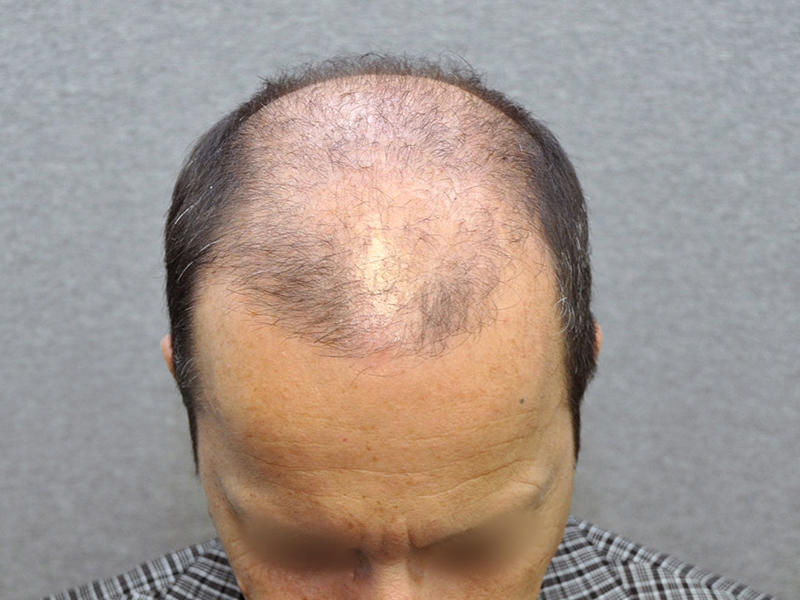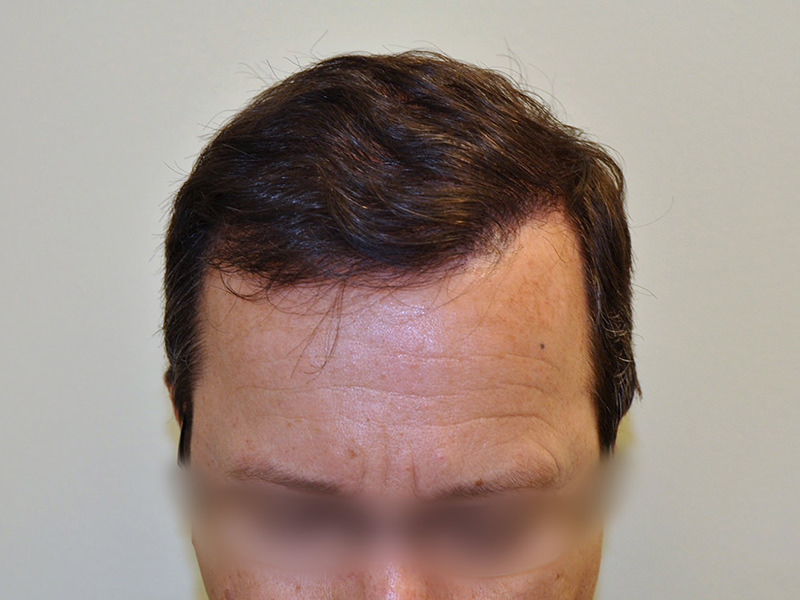


What Causes Hair Loss?
While various medical issues can lead to temporary or lasting hair loss, the most common reason patients pursue hair restoration is due to male pattern hair loss or female pattern hair loss, also known scientifically as androgenetic alopecia (AA).
“Alopecia” means hair loss, and “androgenic” refers to androgens, which are male sex hormones responsible for gradually thinning hair with age. In males, pattern baldness occurs due to the effects of dihydrotestosterone (DHT), a hormone derived from testosterone through the action of an enzyme known as 5-alpha reductase. This happens in men who are genetically predisposed. DHT contributes to beard and body hair growth but leads to hair loss on the scalp. The drug Propecia (finasteride) combats androgenic alopecia by inhibiting 5-alpha reductase.
HAIR LOSS IN MEN
Androgens can start impacting the male hairline during the teenage years. Most men see some form of pattern hair loss by their fifties. This usually begins with a receding hairline at the temples and thinning at the crown. It may advance until only a fringe of hair remains around the scalp’s perimeter. Predicting the final pattern of hair loss for any individual is challenging.
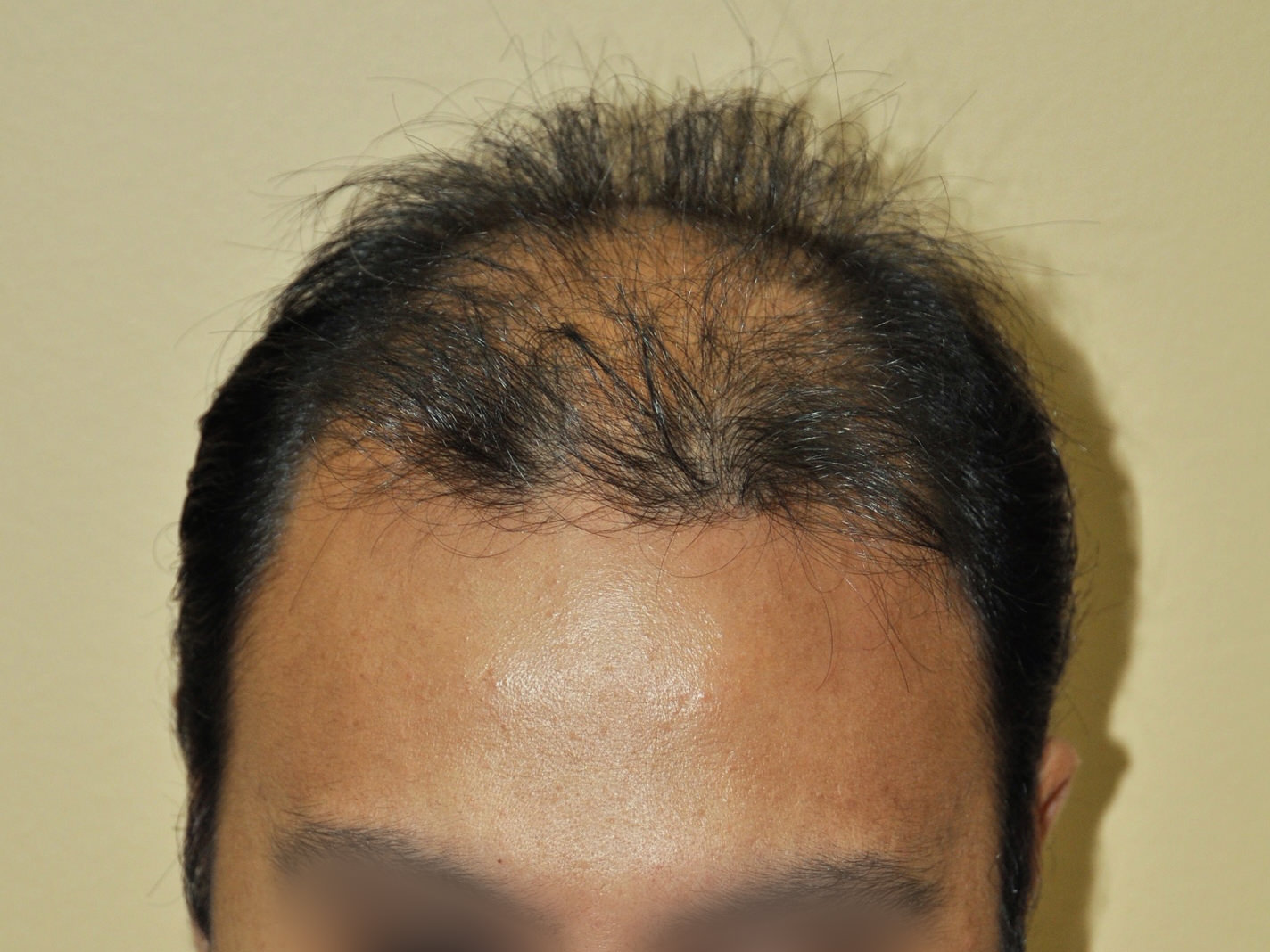
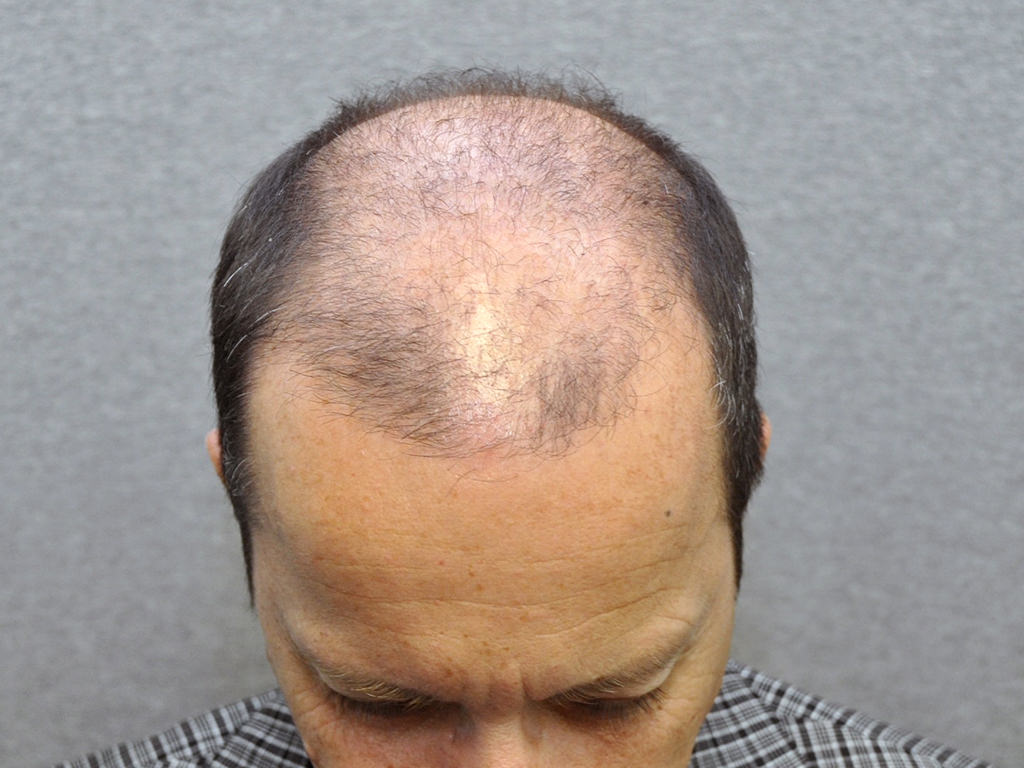
In general, the horseshoe shaped area of scalp hair starting above the ears and extending to the back of the head is resistant to the effects of DHT and so is not lost with male pattern baldness. The resistance of these hairs to DHT is retained even when they are relocated to other areas of the scalp and it is this property that makes modern hair transplantation possible.
Predisposition to male pattern baldness is thought to be largely inherited however the genetic process is complex and poorly understood. It is a myth that the “baldness-gene” is inherited from the maternal grandfather. Other myths include that poor scalp circulation, caps or hats, or shampoos cause baldness, although certain products such as strong relaxants can damage hair.
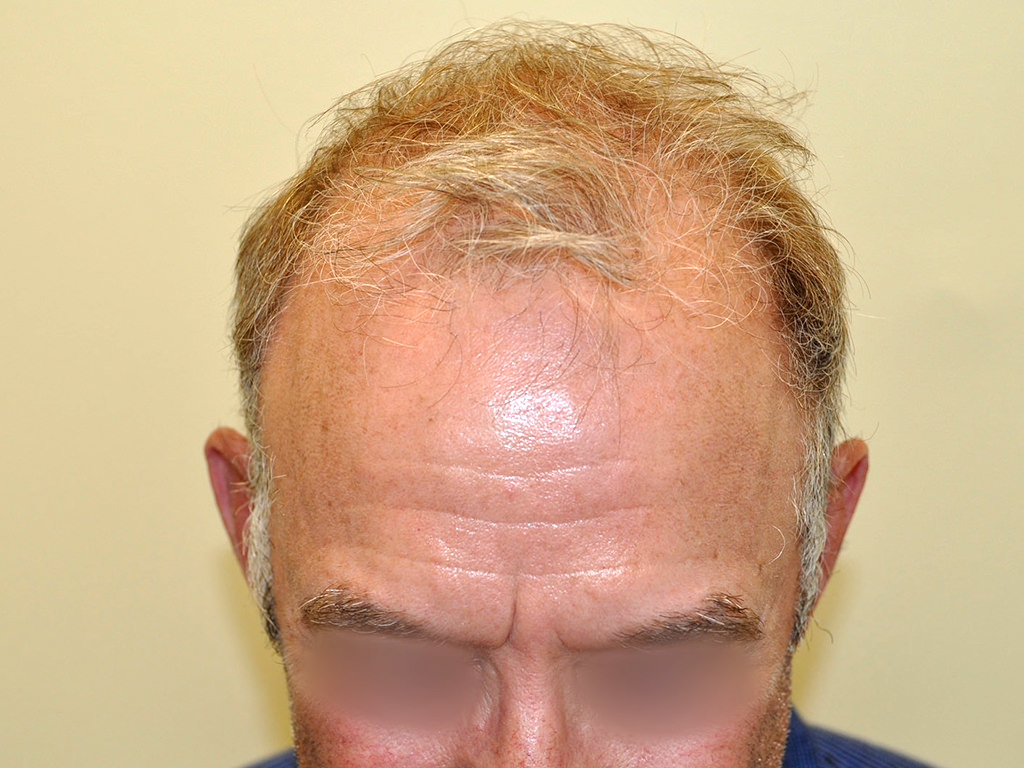
HAIR LOSS IN WOMEN
Women are also subject to hair loss and while this can be particularly upsetting and can have a devastating impact on self-esteem, in many cases it can be effectively treated. As noted above, there are numerous medical conditions that can cause hair loss in women and hair loss can be associated with other factors such as recent pregnancy or long-term pulling of the hair in ponytails or tight braids.
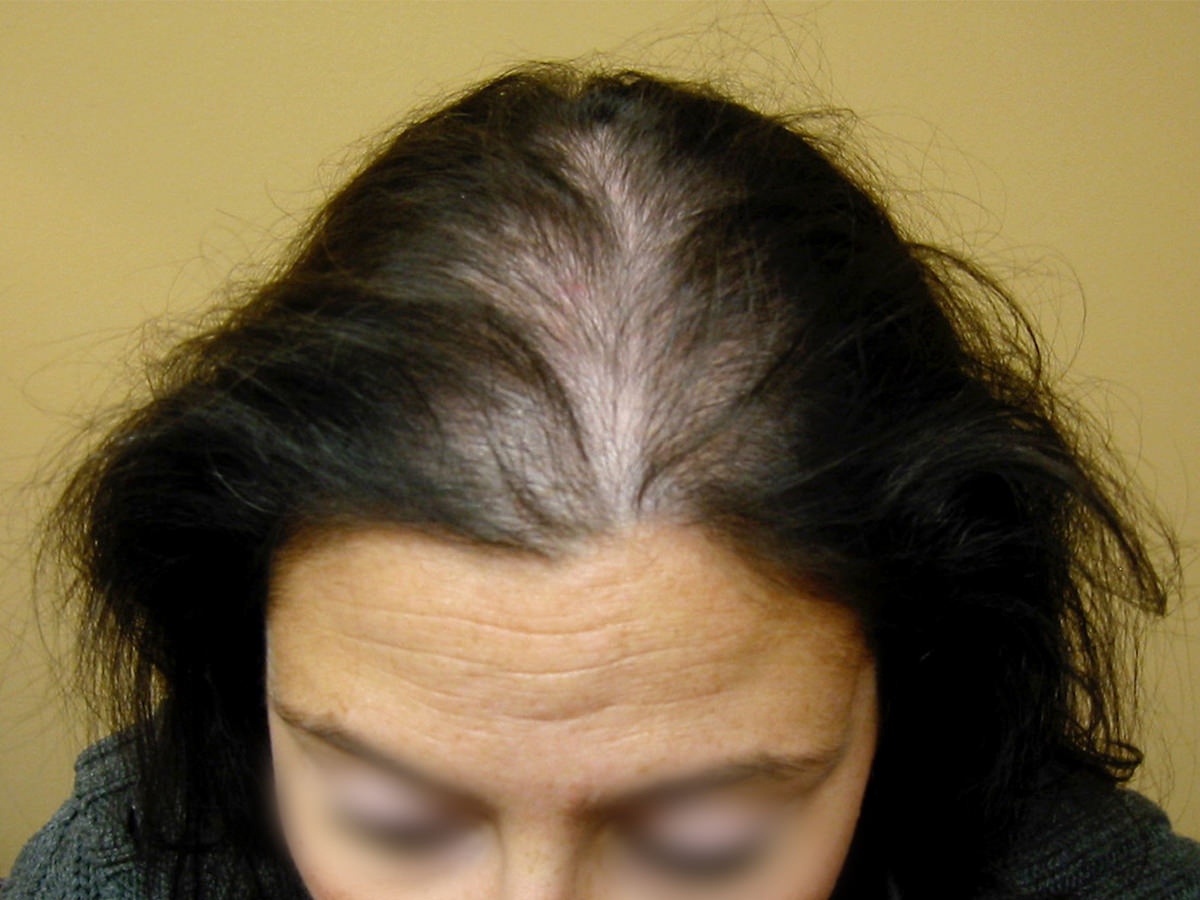
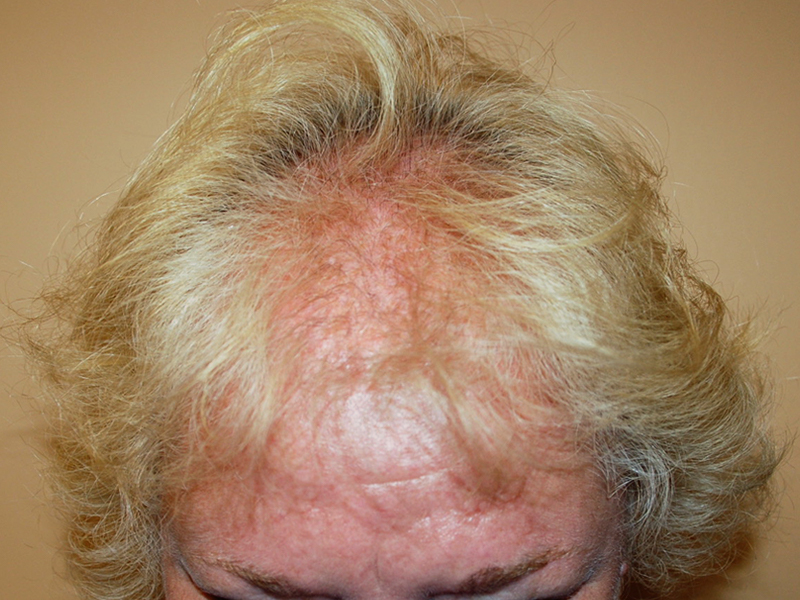
Like men, the primary reason for hair loss in women is genetic and related to androgens. The pattern of hair loss, however, usually differs from that seen in males. Although it can start early, female pattern baldness usually begins later than in men and often involves a more diffuse thinning across the scalp. While leaving the frontal hairline intact, women commonly notice their hair part becoming wider.
While female pattern hair loss is extremely common, many women do not realize that treatment is available and effective and so continue to suffer with the embarrassment and anxiety that frequently accompany thinning hair.
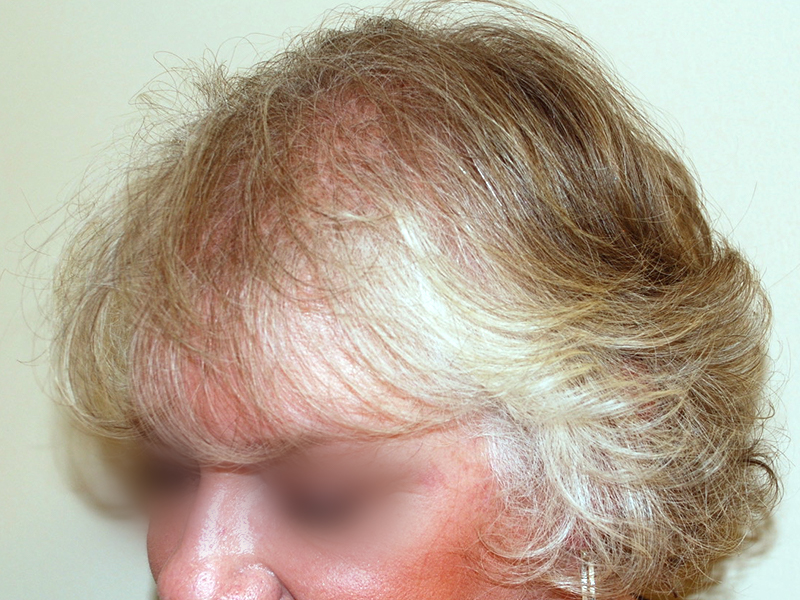

Other conditions
In addition to androgenetic alopecia, there are numerous other conditions that can lead to temporary or permanent hair loss. Such conditions include thyroid or other hormonal imbalances, low iron, nutritional deficiencies, auto-immune disorders, medication side effects, trauma to the hair or scalp, stress and many others. General medical factors tend to be more of a consideration for women than for men and many female patients require blood tests or other investigations to rule out an underlying medical cause prior to proceeding with hair restoration.
Our solutions for hair loss
Ongoing advancements in follicular unit hair transplantation allow Dr. Korman and Dr. Solomon to deliver results that look entirely natural. Using cutting-edge, microscopic methods, each hair follicle is individually placed to replicate natural growth patterns. We steer clear of the outdated, pluggy look of traditional hair transplants.
The Follicle HT Clinic has a team of board-certified surgeons, skilled nurses, and expert technicians who specialize in hair restoration. They utilize the latest technology and methods at our state-of-the-art, fully accredited private clinic.
AM I A CANDIDATE?
Use our Hair Loss Self Evaluation tool to determine whether a hair transplant is right for you.
CONTACT US
START YOUR TRANSFORMATION TODAY
Your hair transplant journey begins with your decision to make a positive change.
At Follicle HT, our philosophy is that modern hair transplantation is a freedom granting procedure. We strive to help all our patients look and feel their very best by having the full range of options available.
Let’s open a discussion, see how we can help!







